23 Iconic European Pork Dishes That Define True Flavor
European pork dishes represent a culinary journey through centuries of rich gastronomic traditions.
Savory, hearty, and deeply rooted in regional cultures, these recipes tell stories of rural life and communal dining.
Generations have perfected techniques that transform simple ingredients into extraordinary meals bursting with flavor.
Skilled cooks across different countries have developed unique methods of preparing and seasoning pork that reflect local agricultural practices.
Each region brings its own distinctive approach, blending spices, herbs, and cooking techniques passed down through families.
Regional variations showcase incredible diversity in preparation styles, from slow-roasted delicacies to quick-seared specialties that highlight the meat's natural qualities.
The passion for pork in European cuisine goes beyond mere sustenance, representing a celebration of agricultural heritage and culinary craftsmanship.
You'll find mouthwatering insights into 23 incredible European pork dishes that promise to tantalize your taste buds:
Which European Pork Types Are Culinary Icons?
Europe’s pork traditions are legendary, each region produces types known for flavor, texture, and special preparation. Discover the cuts and breeds celebrated by top chefs.
Carne De Porco Alentejano
Carne de Porco Alentejano represents a distinctive Portuguese pork variety from Mediterranean pigs with African roots, prized for its exceptional flavor profile.
Regional pigs roam freely, consuming acorns and herbs that infuse their meat with unique, rich taste characteristics.
Meat quality ranges from pale to dark pink depending on animal age, reflecting its natural diet and breeding conditions.
Butchers and regional producers transform this premium pork into traditional sausages, ham, bacon, and regional specialties like farinheiras and morcilhas.
Minimal seasoning highlights the meat's inherent succulence, typically involving simple ingredients such as salt, olive oil, garlic, ground pepper, and fresh herbs like coriander, parsley, or bay leaf.
Barrancos and Portalegre regions particularly excel in preparing this exceptional pork variety.
Portuguese culinary traditions deeply respect this meat's natural flavors and texture.
Generations have celebrated this pork as a cornerstone of their gastronomic heritage.
Carne De Bisaro Transmontano
Bisaro Transmontano pork emerges as a premium Portuguese specialty sourced from unique heritage pigs in northern Portugal's Braganca and Vila Real districts.
Raised exclusively on local agricultural products, especially chestnuts, these pigs produce meat with an exceptional flavor profile and distinctive light red coloration.
Farmers carefully nurture Bisaro pigs through traditional agricultural methods that significantly impact the meat's soft and succulent texture.
Regional culinary traditions transform this special pork into Fumeiro, a renowned Portuguese cured and smoked sausage prized for its complex taste.
Transmontano pork also features prominently in classic Portuguese dishes like roast pork and transmontana feijoada.
Small-scale farming practices contribute to the meat's remarkable quality and regional character.
Butchers and local restaurants celebrate this exceptional pork as a quintessential expression of Portuguese gastronomic heritage.
Sustainable agricultural techniques ensure the continued preservation of this unique pig breed and its extraordinary meat.
Schwabisch-Hallisches Qualitatsschweinefleisch
Schwabisch-Hallisches Landschwein pork represents a premium German pig breed born from strategic crossbreeding between Chinese saddleback pigs and local wild pigs in Baden-Wurttemberg during 1820.
German farmers carefully developed this unique breed to create an exceptional meat with a perfect balance of fat and lean characteristics.
These distinctive pigs feature a natural fat layer and produce meat that is notably firmer and darker than standard varieties.
Strict vegetarian feeding protocols ensure the pigs receive only non-genetically modified, additive-free nutrition.
Meat from this breed stands out for its superior quality and distinctive flavor profile.
Gourmet restaurants and discerning meat enthusiasts seek out this exceptional pork for its exceptional taste.
Specialized breeding techniques continue to maintain the breed's original genetic integrity.
Traditionally Farmed Gloucestershire Old Spots Pork
Old spots pork distinguishes itself through exceptional fat marbling, unique flavor profile, and superior meat quality sourced from traditional British pig breeds.
Distinctive characteristics include smaller, darker muscles with heightened tenderness and remarkable moisture retention.
Farmers carefully raise these pigs in natural indoor and outdoor environments, ensuring optimal animal welfare.
Butchers prepare the meat into multiple cuts like legs, chops, shoulders, ribs, belly, bacon, sausages, and hams.
Rich fat content contributes to enhanced juiciness and depth of flavor compared to conventionally produced pork.
British agricultural heritage connects deeply with this premium pig breed's centuries-old lineage.
Consumers prize old spots pork for its exceptional taste and ethical farming practices.
Gourmet restaurants frequently showcase this premium meat in specialty dishes.
Cinta Senese
Cinta Senese pork represents a premium Italian heritage breed from Tuscany, prized for its exceptional meat quality and distinctive white belt marking black coarse hair.
Originating in the Montagnola Senese forest region, this rare pig breed once spread across Tuscan provinces like Arezzo and Grosseto.
Pasture-raised Cinta pigs produce gamey meat with remarkable health benefits, containing high levels of unsaturated fats.
Farmers carefully preserve this traditional breed's genetic lineage through selective breeding practices.
Its meat commands premium prices, often costing three times more than standard pork.
Wild roaming and natural diet contribute to the pig's superior flavor profile.
Small-scale farmers maintain strict breeding standards to protect the breed's unique characteristics.
Regional Italian food experts consider Cinta Senese a critical component of traditional Tuscan agricultural heritage.
Cerdo De Teruel
Cerdo de Teruel emerges as a premium Spanish pork celebrated for its exceptional quality and distinctive regional characteristics from Aragon's mountainous province.
Authentic Teruel pork comes from specific Landrace and Large White pig breeds raised in expansive, stress-free environments that naturally enhance meat flavor and texture.
Farmers in this region follow strict breeding practices that ensure superior animal welfare and meat standards.
Mountain pastures and controlled agricultural methods contribute to the pork's unique taste profile.
Spanish culinary traditions deeply respect these carefully raised animals and their meat production process.
Rigorous certification standards protect the pork's geographical origin and quality benchmarks.
Jamon de Teruel, a renowned cured ham derivative, represents the pinnacle of this regional pork specialty.
Gourmet restaurants and traditional Spanish kitchens prize Cerdo de Teruel for its remarkable taste and cultural significance.
Viande De Porc Marque Nationale Grand-Duche De Luxembourg
Viande de Porc de la Marque Nationale Grand-Duche de Luxembourg represents a premium pork product crafted by approximately 40 Luxembourg farmers using traditional non-industrial techniques.
Strict production guidelines ensure exceptional meat quality, requiring pigs to be fed a specialized fattening mixture containing at least 60% cereal and specific fatty acid proportions.
Farmers carefully manage pig development, monitoring weight and nutrition to produce meat with distinctive characteristics.
Rich red coloration with subtle fat veining distinguishes this pork from standard commercial varieties.
Careful transportation and processing maintain meat integrity from farm to retailer.
Selective breeding and controlled feeding contribute to the meat's superior taste profile.
Consumers value its succulent texture and natural preparation methods.
Regional agricultural standards guarantee consistent premium pork quality throughout Luxembourg.
Kakhuri Ghori
Kakhuri Ghoi pigs represent an indigenous Georgian breed prized for remarkable forest-foraging abilities and minimal maintenance requirements.
Native to Georgia's Kakheti region, these distinctive pigs feature elongated snouts and rough dark or grey bristles that help them survive challenging environments.
Soviet-era crossbreeding programs nearly decimated their population during the 1930s, significantly reducing genetic diversity.
Adult female pigs typically weigh between 50-70 kg, while male boars reach 100-120 kg.
Their exceptional adaptability allows them to thrive without supplemental feeding, especially during summer months.
Unique biological characteristics distinguish these pigs from commercial breeds.
Red color variations occasionally emerge among their predominantly black and grey populations.
Farmers value Kakhuri Ghoi pigs for their resilience and self-sufficiency in traditional agricultural settings.
Kintoa
Kintoa pork represents a premium meat from France's Basque region, characterized by its exceptional marbling and unique flavor profile derived from free-range pigs exclusively fed acorns, chestnuts, and ferns.
Raised in small herds across outdoor landscapes, these distinctive pie noir pigs develop rich, red-tinted meat with white to pink intramuscular fat that intensifies its taste.
Slow growth contributes to the meat's superior quality, creating a natural tendency for fat development that makes Kintoa ideal for traditional cured products.
Farmers carefully nurture these animals to maintain strict breeding standards that preserve the meat's extraordinary characteristics.
Specialized processing transforms the pork into famous delicacies like jambon du Kintoa, boudin, chicons, and premium bacon.
Restaurants and butchers throughout France prize this meat for its exceptional texture and complex nutty undertones.
Generations of Basque farmers have refined these techniques, ensuring each cut represents generations of culinary expertise.
Porc Du Sud-Ouest
Porc du Sud-Ouest represents premium French pork sourced exclusively from southwestern regions with deep agricultural traditions.
Southwest French farmers raise these pigs using specialized dent maize feeding techniques that enhance meat quality and flavor profiles.
Regional regulations require slaughter animals to weigh at least 90 kilograms before processing.
Genetic breeding and carefully controlled nutrition contribute to the meat's distinctive characteristics.
Nutritionally rich, this pork contains high levels of polyunsaturated fatty acids, lipids, and vitamin E.
Compared to standard pork, Porc du Sud-Ouest offers a more intense, robust taste and visibly redder meat coloration.
Juicy and tender when prepared, this pork reflects generations of southwestern French agricultural expertise.
Culinary professionals prize these premium meat products for their exceptional sensory attributes and regional authenticity.
Turopolje Pig (Turopoljska Svinja)
Turopoljska svinja represents a rare Croatian pig breed originating in Turopolje with distinctive white or grey skin marked by black spots and characteristically drooping ears.
European farmers bred these pigs by crossing Siska and Krskopolski breeds to create a unique livestock variety.
Genetic experts consider Turopoljska svinja one of Europe's oldest pig breeds, now facing potential extinction.
Traditional Croatian farmers value these pigs for their exceptional meat quality, which features a distinctive pinkish color and remarkable succulence.
Regional butchers prize Turopoljska svinja for producing particularly tender and flavorful pork cuts.
Agricultural conservationists work diligently to preserve this historic breed's genetic lineage.
Researchers track small populations to prevent complete disappearance of these remarkable animals.
Genetic diversity remains crucial for maintaining this important agricultural heritage.
East Balkan Swine
East Balkan swine are rare Bulgarian pigs genetically linked to Mediterranean turf pigs and nearly extinct in their native regions.
Native to Bulgaria's Strandzha and Stara Planina Mountains, these unique pigs feature thick grayish-brown skin and distinctive black coats with sharp, long bristles creating a prominent neck comb.
Characterized by elongated faces, stocky bodies, and short muscular limbs, they roam freely consuming a diverse diet of acorns, roots, berries, herbs, mushrooms, worms, and snails.
Free-range living produces their signature richly marbled meat with a dark tile-like color and grainy, light yellow fat.
Bulgarian farmers prize these pigs for premium pork, especially from one to two-year-old animals used in fresh meat preparations.
Specialty meat products like smyadovo lukanka (dry-cured sausage), Elena pork leg, and traditional blood sausages often feature meat from older East Balkan swine.
Bazna Pig
Bazna pigs are rare Romanian swine with distinctive genetic heritage and unique characteristics.
These heritage breed animals originated in Sibiu district through strategic crossbreeding between Mangalica and Berkshire pig varieties in the 19th century.
Distinctive physical traits include black skin marked by a complete white band encircling their shoulder region.
Their compact body structure features a short, thick neck and almost round trunk with well-developed back legs.
Specialized traditional processing transforms their meat into prized products, especially cured pork fat renowned for its exceptional sweetness and porcelain-white appearance.
Fat from Bazna pigs contains high levels of lipoproteins considered beneficial for health.
Traditional smoking techniques in attic spaces using small chimney openings further enhance the meat's quality and flavor profile.
Gradual population decline threatens the continued existence of this remarkable Romanian pig breed.
Porc De Normandie
Porc de Normandie represents premium French pork from specific Normandy regions characterized by exceptional breeding standards and sustainable agricultural practices.
Regional farmers raise these pigs with meticulous care, allocating 50 square metres of outdoor space per animal and ensuring a diet composed of at least 75% cereals.
Historically rooted in medieval farming traditions, these pigs are slaughtered only after reaching 26 weeks of age.
Japanese and Parisian culinary experts prize this pork for its superior quality and distinctive flavor profile.
Normandy farmers maintain strict protocols that guarantee animal welfare and meat excellence.
International charcuterie makers frequently select these pigs for premium dried salamis and refined meat products.
Normandy pig breeding represents a sophisticated agricultural heritage blending traditional techniques with modern sustainable practices.
Gourmet restaurants worldwide recognize this pork as a premium ingredient for sophisticated meat preparations.
Morava Pig
Morava pigs represent a rare indigenous breed characterized by exceptional disease resistance and high fertility rates.
Black with distinctive lop ears and smooth, thin hair, these pigs feature a long, narrow body structure with minimally developed shoulder blades and hams.
Originally widespread in early 20th-century farming, their population dramatically declined with the rise of industrial agriculture.
Free-range systems traditionally supported their breeding practices.
Genetic uniqueness distinguishes these pigs from commercial breeds.
Farmers value their adaptability and robust health characteristics.
Current conservation efforts aim to prevent complete extinction.
Researchers estimate fewer than 100 Morava pigs remain in their native region.
Porc Noir De Bigorre
Porc noir de Bigorré melds centuries of French pig breeding with exceptional meat quality from Gascon Noir de Bigorre pigs, France's oldest pig breed.
Marbled with rich intramuscular fat and wrapped in a distinctive white fat layer, this pork transforms during cooking as exterior fat melts into tender, intensely flavored meat.
Gascon pigs roam traditional southwestern French pastures, developing unique muscular characteristics through natural movement and diet.
Farmers carefully raise these heritage animals using methods passed down through generations.
Historical records trace this pig breed's lineage back hundreds of years in the Pyrenees mountain region.
Selective breeding emphasizes genetic traits producing superior meat texture and flavor.
Specialized butchering techniques preserve the meat's natural qualities and distinctive fat composition.
Regional culinary traditions celebrate this premium pork as a gastronomic treasure of southwestern France.
Porc D’Auvergne
Porc d'Auvergne delivers exceptional pork from free-range pigs raised in France's scenic Auvergne region, distinguished by its distinctive flavor and superior meat quality.
Mountain valleys and optimal rainfall create perfect conditions for these pigs, which consume a diet of at least 75% cereals.
Farmers allow their animals to roam freely, contributing to the meat's unique characteristics.
Meat color appears homogeneously red with firm white back fat, ensuring consistent texture and appearance.
Culinary experts prize this pork for its delicate tenderness and rich, succulent profile.
When roasted or cooked, Porc d'Auvergne releases a strong, pleasant aroma that signals its premium quality.
Well-marbled meat guarantees exceptional taste and juiciness in every bite.
Regional breeding practices and specific feeding requirements make this pork a genuine French gastronomic treasure.
Welsh Pig
Welsh pigs boast a distinctive white coat with lop ears and a curly tail, originating from an ancient native Welsh breed known for exceptional hardiness.
Farmers value these pigs for their ability to thrive in both indoor and outdoor environments, featuring a long pear-shaped body with well-developed firm hams and broad legs.
Mature sows typically weigh between 150-200 kg, while boars can reach 250 kg, making them substantial livestock animals.
Their meat quality stands out with a rich, characteristic porky flavor and excellent fat-to-meat ratio.
Straight, fine hair covers their robust physique, contributing to their adaptable nature.
Breeding success comes from the sows' remarkable maternal instincts and overall breed resilience.
Butchers prize these pigs for producing high-quality pork and bacon cuts.
Genetic connections to traditional Welsh white lop-eared breeds enhance their agricultural significance.
Traditionally Reared Pedigree Welsh Pork
Traditionally Reared Pedigree Welsh Pork is a premium meat product distinguished by its unique flavor profile and exceptional quality from carefully raised Welsh pigs.
Small herds roam freely across Welsh farmlands, creating low-stress environments that enhance meat tenderness and taste.
Farmers follow generations-old techniques to produce pork with a darker skin and light pink to rose-colored meat.
Slow cooking techniques unlock the meat's rich, succulent characteristics stemming from its naturally high fat content.
Each carcass matures for at least two days before market, allowing complex flavors to develop fully.
Welsh pig farming represents a deep-rooted agricultural tradition spanning centuries.
Butchers and consumers prize this pork for its distinctive texture and nuanced taste.
Regional breeding practices ensure consistently superior meat quality that reflects Wales' agricultural heritage.
Porc De Franche-Comte
Porc de Franche-Comté represents a premium French pork variety distinctive for its unique production method in eastern France's dairy-rich region.
Regional farmers raise specific female or castrated male pigs exclusively on whey from local cheese production, creating exceptionally tender and flavorful meat.
Strict quality controls mandate that pigs must reach at least 182 days of age before slaughter, with minimum carcass weights of 75 kilograms.
Whey-fed pigs develop meat with remarkable characteristics including firm white fat and consistent coloration.
Careful selection ensures no bruises or vessel damage appear in the final product.
Butchers prize this pork for its superior texture and consistent quality.
Meat cuts range from juicy hams to succulent cutlets, delivering a pleasant aromatic profile.
Gastronomic experts consider Porc de Franche-Comté a premier pork variety with exceptional sensory attributes.
Porc De Vendee
Porc de Vendee represents premium French pork distinguished by meticulous farming practices in western France's Vendee region.
Mature pigs reaching at least 182 days before slaughter roam freely across open pastures, consuming a specialized cereal-based diet that enhances meat quality.
Sustainable agricultural methods minimize animal stress while ensuring superior meat characteristics.
Farmers carefully manage breeding and nutrition to produce exceptional pork products.
Versatile meat options include charcuterie, cured hams, roasted cuts, smoked meats, and processed preparations like sausages and pâtés.
Traditional processing techniques preserve authentic flavor profiles unique to this regional specialty.
Regional regulations guarantee strict standards for animal welfare and meat production, making Porc de Vendee a premium agricultural product recognized for its exceptional quality and taste.
Porc Du Limousin
Porc du Limousin signifies premium French pork with exceptional low-fat characteristics sourced exclusively from mature pigs raised in France's Limousin region.
Specific breeding standards mandate precise animal age requirements at 182 days before slaughter.
Careful feeding practices using cereals and corn ensure consistent meat quality and controlled fat percentages.
Regional farmers follow strict protocols monitoring pig development and nutrition throughout the animal's lifecycle.
Agricultural regulations protect the breed's unique genetic characteristics and production methods.
Exceptional meat texture results from controlled feeding and regional farming techniques.
Strict monitoring guarantees superior protein content with minimal fat distribution.
French culinary experts recognize Porc du Limousin as a premium meat product with distinctive regional origins.
Porc De La Sarthe
Porc de la Sarthe represents premium French pork raised exclusively in northwestern France's Sarthe department with stringent quality standards.
Regional farmers carefully raise these pigs on cereal-based diets within open agricultural environments.
Mature pigs reach slaughter weight after at least 26 weeks of growth in controlled conditions.
Each animal receives special attention to ensure superior meat quality and flavor profile.
Regional agricultural regulations mandate specific breeding and feeding practices for these distinctive pork products.
French butchers process these pigs into various cuts like whole carcasses and premium cutlets.
Meat from these pigs delivers exceptional tenderness and rich flavor characteristic of northwestern French agricultural traditions.
Gourmet restaurants and local markets frequently feature Porc de la Sarthe as a premium meat selection.
What Side Dishes Traditionally Accompany Pork Across Europe?
Pork is often paired with hearty and flavorful sides that complement its rich taste. Common traditional accompaniments include:

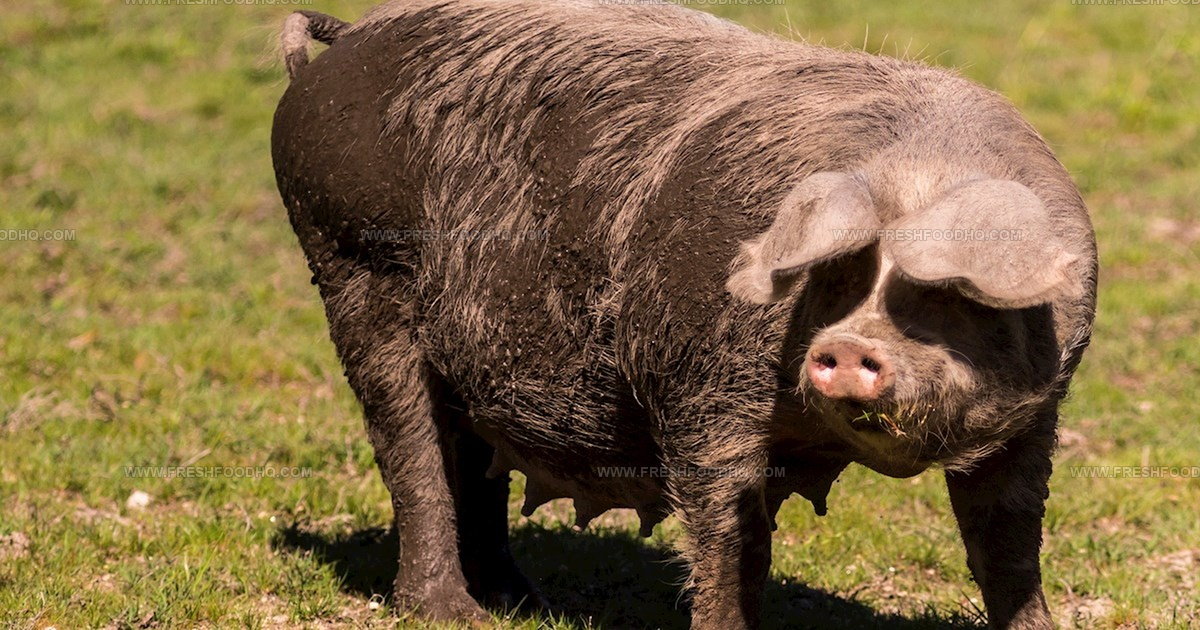
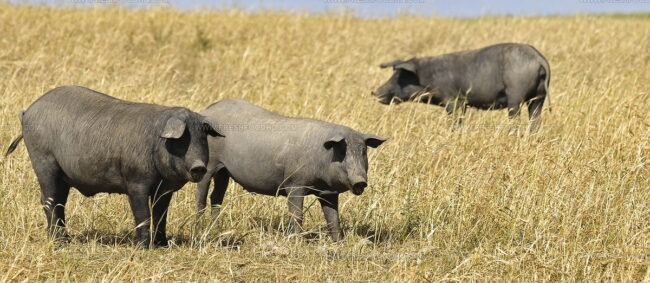
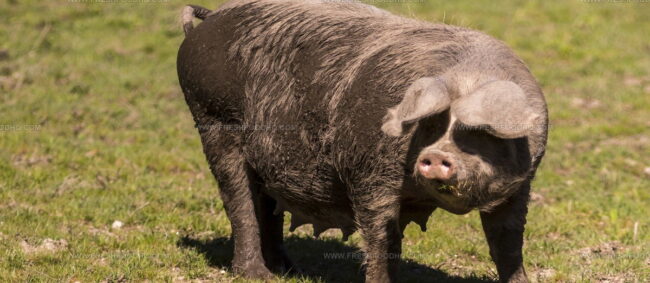
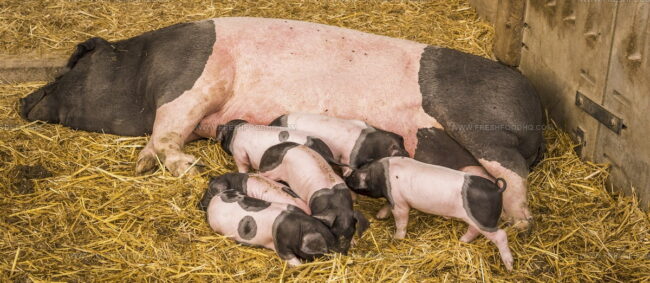
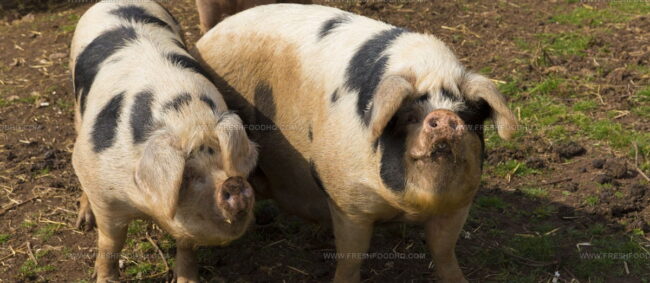
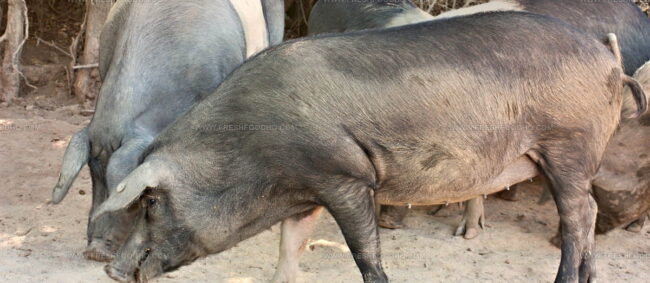
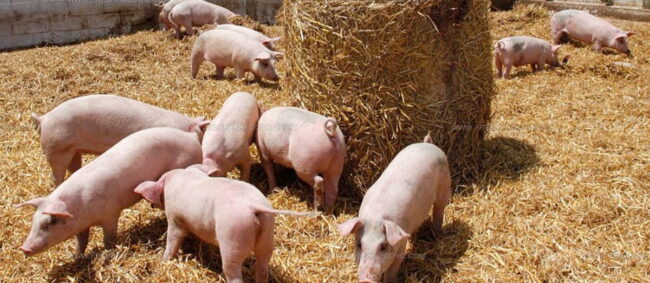
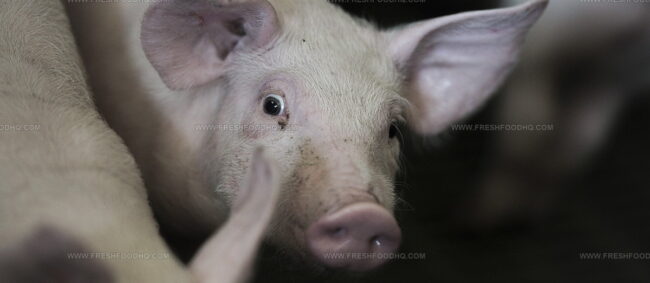
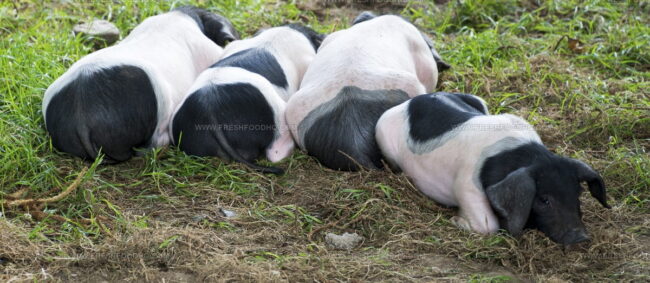
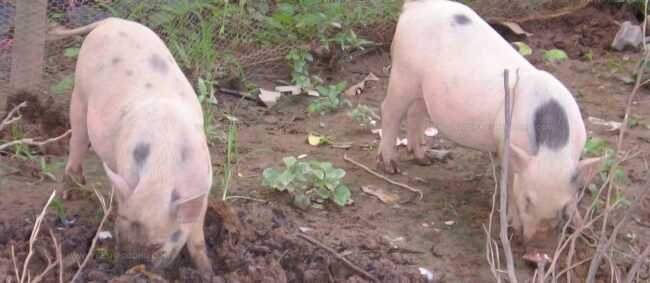
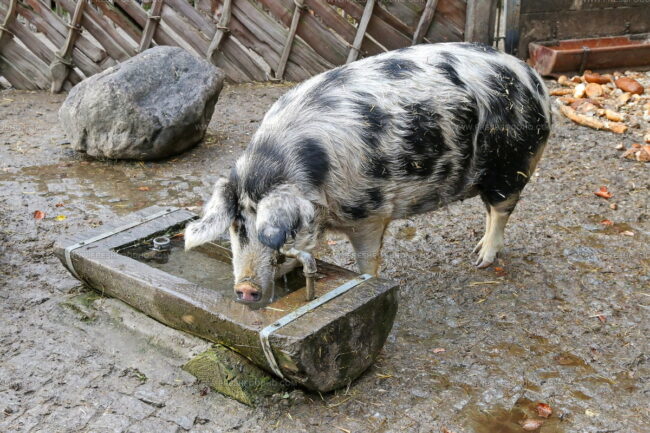
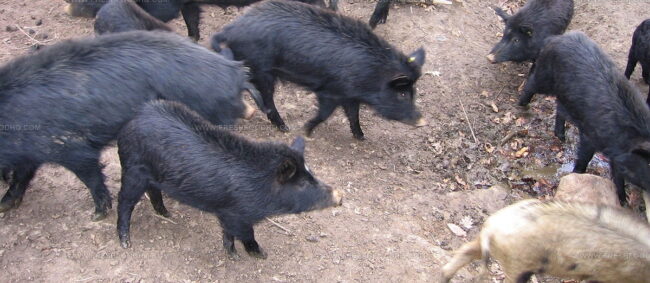
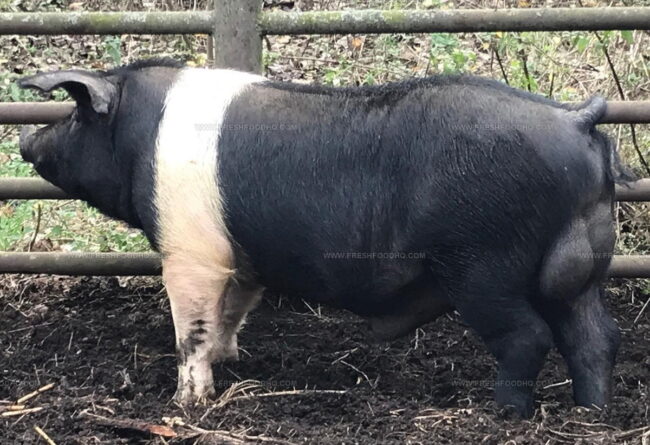
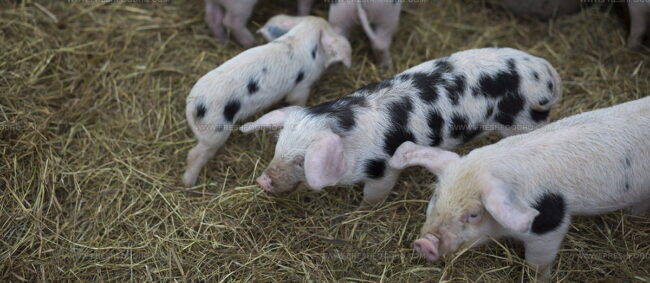
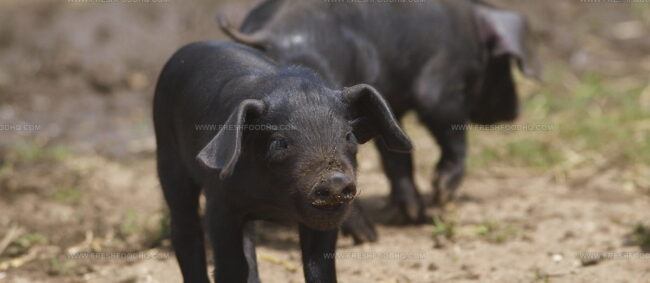
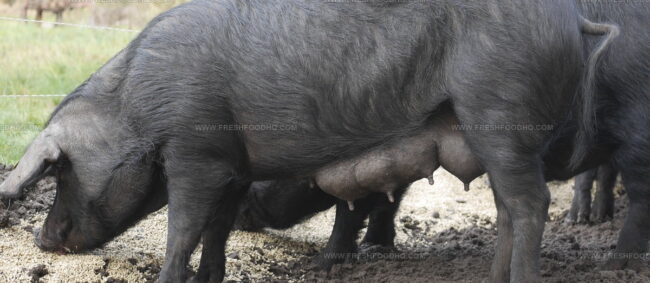
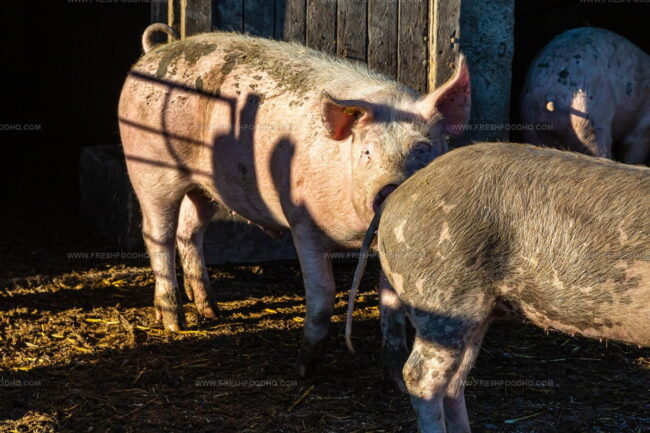
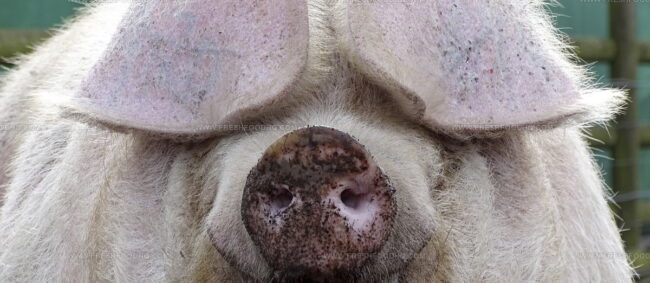
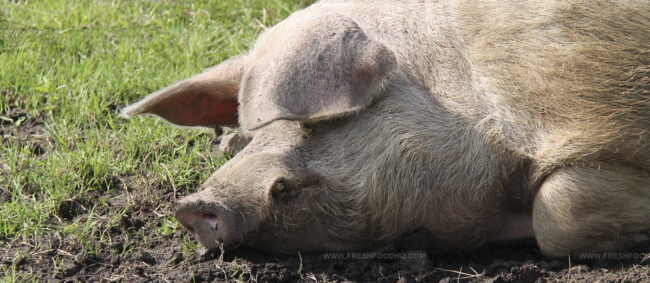
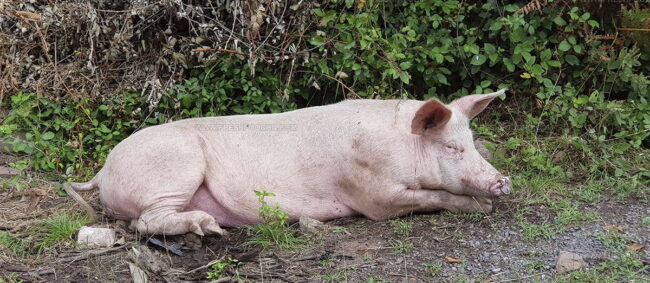
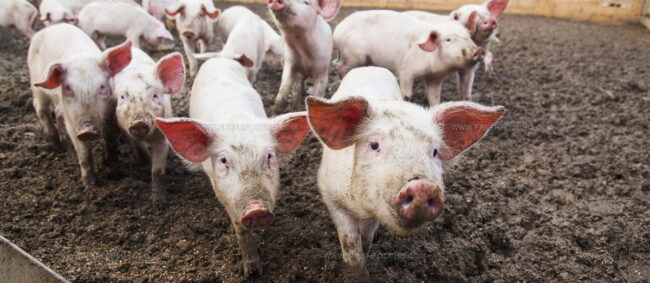
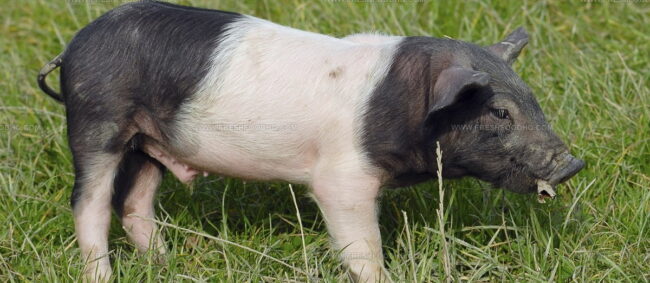
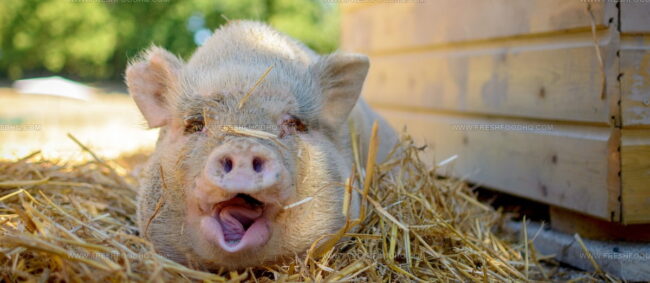

Ethan Caldwell
Founder & Culinary Innovator
Expertise
Farm-to-table cooking, Seasonal recipe creation, Culinary storytelling, Food photography and styling
Education
The Chef’s Academy (Indianapolis, IN)
Ethan didn’t just fall in love with food, he grew into it, surrounded by fields, farmers’ markets, and family meals that told a story.
After sharpening his skills at The Chef’s Academy, he took his passion straight into the farm-to-table movement, working side-by-side with local growers and seasonal flavors.
He believes every recipe should feel like a walk through a summer market: colorful, fresh, and full of possibility.
Outside the kitchen, Ethan’s idea of a perfect day is hiking mountain trails, digging into heirloom vegetables, and hosting casual dinners where seconds are always encouraged.